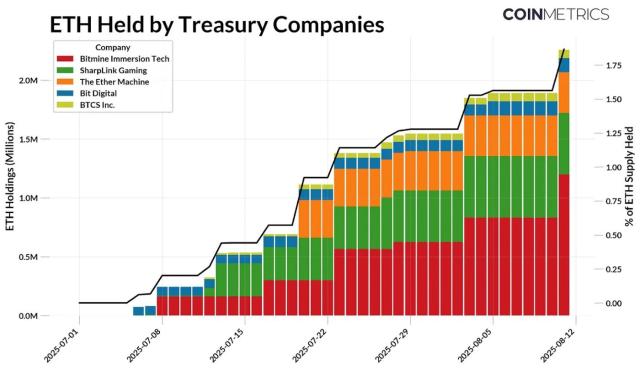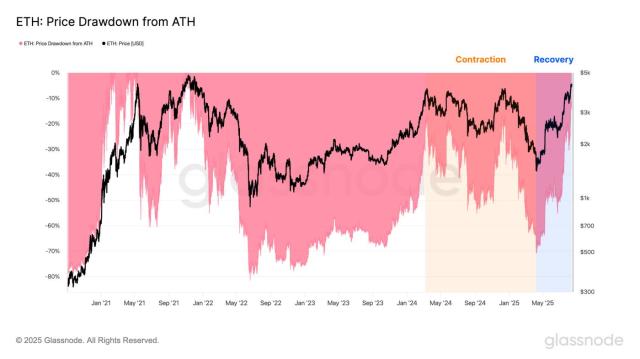South Korea's Kakao Internet Group Registers "KRWGlobal" and "KaKRW" Trademarks, Targeting 49 Million Users.
Kakao, the leading internet group in South Korea, is moving towards issuing a won-pegged stablecoin through the Kaia blockchain – a public platform formed by the merger of Klaytn and Finschia. This move occurs as the South Korean National Assembly reviews new stablecoin regulations, creating a race between technological innovation and legal framework.
Recently, Kaia registered strategic trademarks at the South Korean Intellectual Property Office, including "KRWGlobal", "KRWGL", "KRWKaia", and "KaKRW". These brand names indicate an ambition to develop a comprehensive stablecoin ecosystem, targeting not just the domestic market but also cross-border applications.
With Kakao and its affiliate Kakao Pay participating in Kaia's board, the project is positioned as a potential bridge to stablecoins backed by other fiat currencies like USD and JPY. Sangmin Seo, Chairman of Kaia DLT Foundation, emphasizes that users in the Kakao ecosystem – currently serving over 49 million monthly active users – could theoretically "access DeFi protocols directly within the nationwide mobile application".
Legal Framework Still Taking Shape
However, the future of KRW stablecoin heavily depends on completing the legal framework. Currently, South Korea has multiple competing stablecoin regulation proposals. In June 2024, the government announced the Basic Digital Asset Law, allowing qualified companies to issue won-pegged tokens if they meet minimum capital requirements.
The South Korean Central Bank proposes starting with bank-issued stablecoins and is researching deposit tokens on public chains. By late July 2024, the ruling and opposition parties submitted two separate stablecoin bills, differing on whether to allow interest on stablecoin deposits, but agreeing on 100% reserve requirements and granting emergency intervention powers to regulators.
Min Jung, a senior analyst at quantitative trading firm Presto, points out that the major obstacle for KRW stablecoin is "lacking clear and compelling use cases compared to USD stablecoin". South Korea's strict capital control under the Foreign Exchange Transaction Act imposes specific procedural requirements for capital transactions and limits overseas usage, creating challenges for reducing cross-border transaction friction – considered a core stablecoin value.
The government is expected to require companies in this sector to register and submit monthly reports to the central bank from the second half of 2025. Seo emphasizes that KRW stablecoin is not just about issuing digital currency but also a legal step towards legitimizing digital asset-based business activities in the South Korean market.
With a near-absolute network coverage – over 95% of the population using it for messaging, payments, and online banking – Kakao has a significant advantage in stablecoin deployment. However, any launch plans still depend on final regulations regarding licensing, reserve requirements, interest mechanisms, and the bank's role in issuance.







